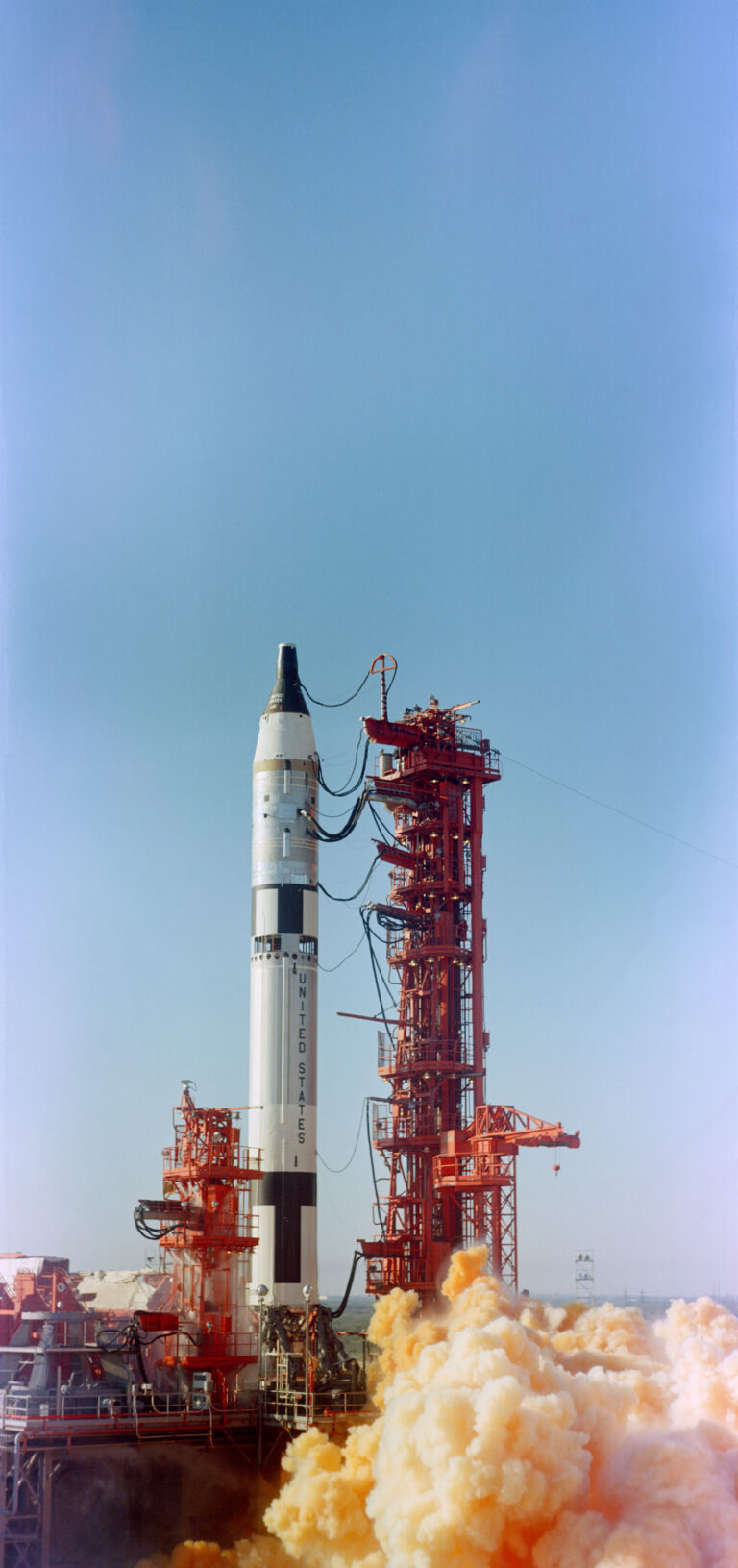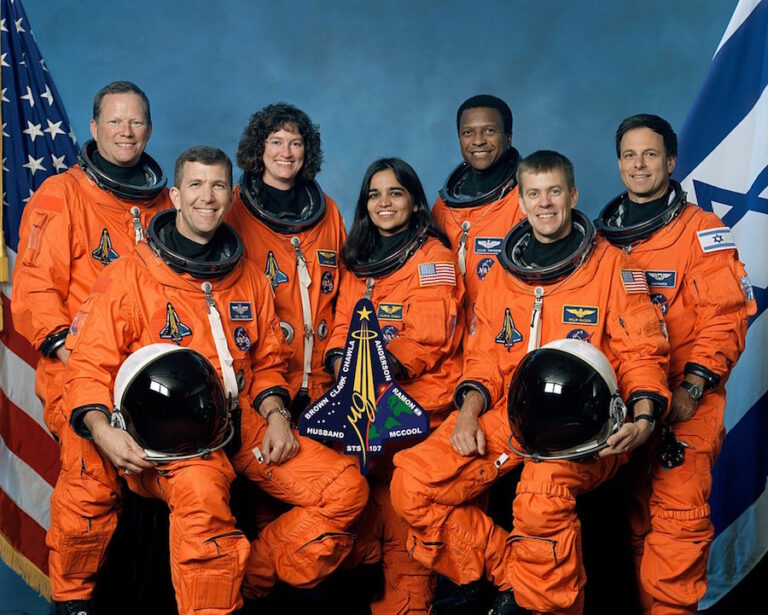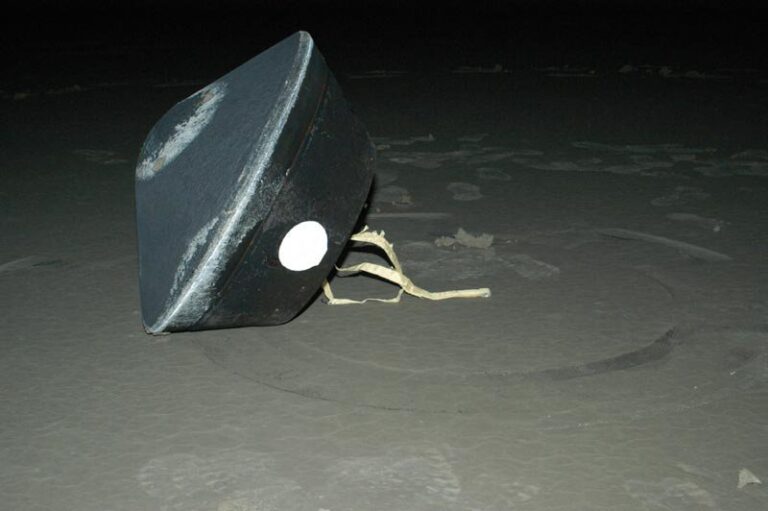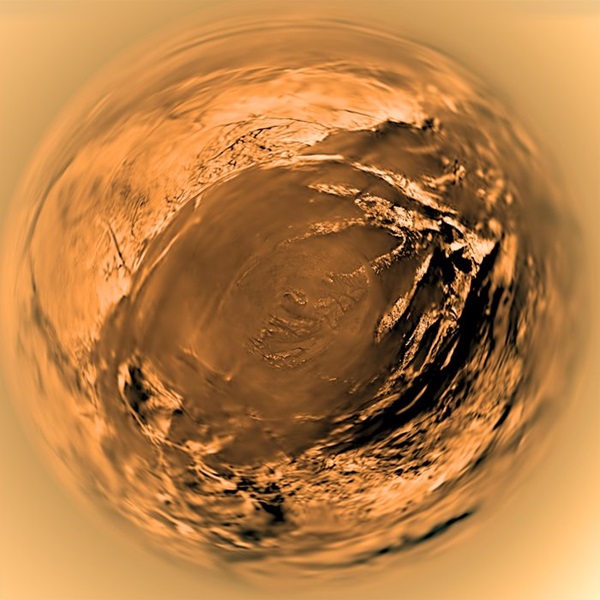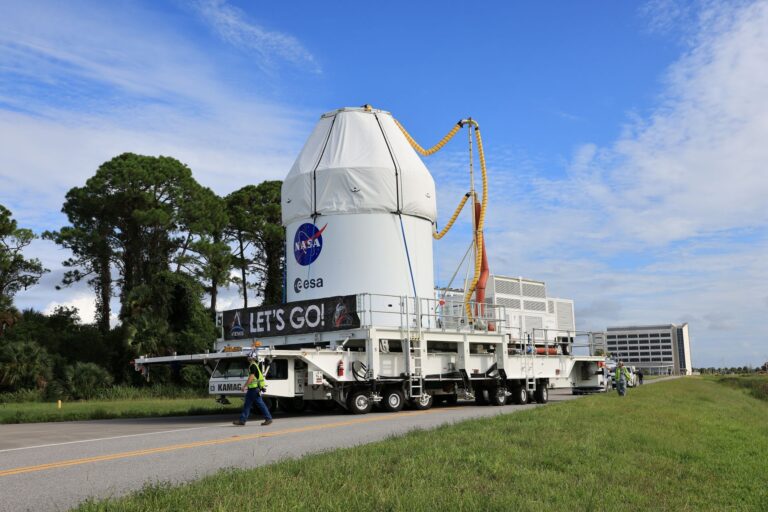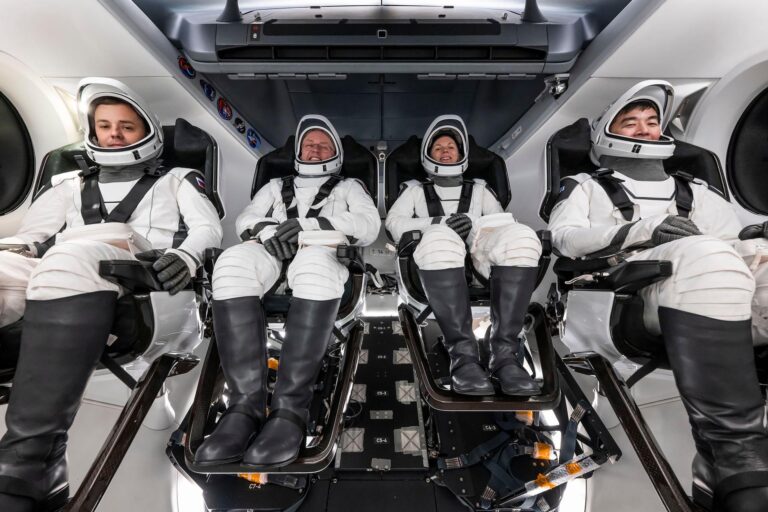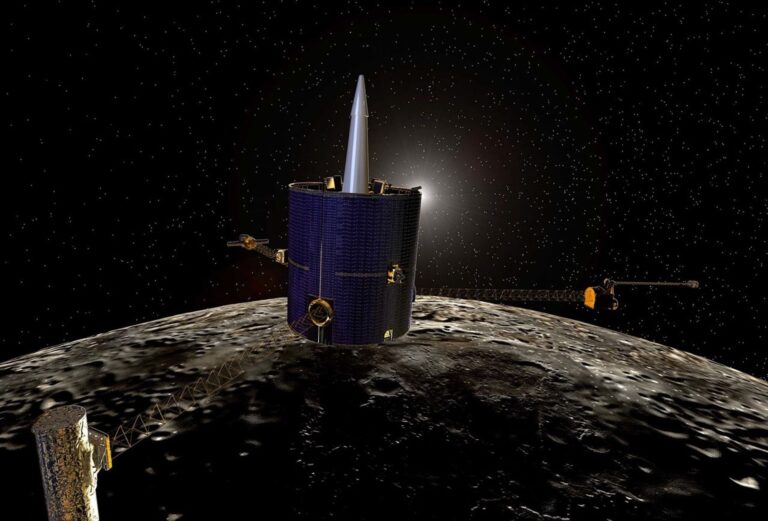The new mission is called Acceleration, Reconnection, Turbulence, and Electrodynamics of Moon’s Interaction with the Sun (ARTEMIS). ARTEMIS uses two of five in-orbit spacecraft from NASA’s Time History of Events and Macroscale Interactions during Substorms (THEMIS) mission.
“Using two repurposed satellites for the ARTEMIS mission highlights NASA’s efficient use of the nation’s space assets,” said Dick Fisher from NASA’s Science Mission Directorate at the agency’s headquarters in Washington, D.C.
ARTEMIS will measure solar wind turbulence on scales never sampled by previous missions. Solar wind is a stream of charged particles emitted from the upper atmosphere of the Sun.
“ARTEMIS will provide a unique two-point view of the Moon’s
underexplored space environment,” said Vassilis Angelopoulos of the University of California, Los Angeles (UCLA). “These two spacecraft are headed for an incredible new adventure.”
One ARTEMIS spacecraft reached what is called the L2 Lagrange point on the farside of the Moon August 25. On October 22, the other spacecraft entered the L1 Lagrange point on the Earth-side of the Moon. Lagrange points are places where the gravity of Earth and the Moon balance, creating a sort of gravitational parking spot for spacecraft. NASA repositioned the two outermost THEMIS spacecraft using spare onboard fuel and a set of complex orbit maneuvers over the course of more than a year.
“ARTEMIS is going where no spacecraft has gone before,” said Manfred Bester from the University of California, Berkeley. “We are exploring the Earth-Moon Lagrange points for the first time.”
After 6 months at the Lagrange points, ARTEMIS will move closer to the Moon. The spacecraft will be approximately 62 miles (100 kilometers) from the surface at first, but it will eventually move closer. From point-blank range, the spacecraft will look to see how the solar wind impacts a rocky world when there’s no magnetic field to protect it. Earth is protected from solar wind by its magnetic field. However, the Moon is exposed because it has no global magnetism.
The new mission is called Acceleration, Reconnection, Turbulence, and Electrodynamics of Moon’s Interaction with the Sun (ARTEMIS). ARTEMIS uses two of five in-orbit spacecraft from NASA’s Time History of Events and Macroscale Interactions during Substorms (THEMIS) mission.
“Using two repurposed satellites for the ARTEMIS mission highlights NASA’s efficient use of the nation’s space assets,” said Dick Fisher from NASA’s Science Mission Directorate at the agency’s headquarters in Washington, D.C.
ARTEMIS will measure solar wind turbulence on scales never sampled by previous missions. Solar wind is a stream of charged particles emitted from the upper atmosphere of the Sun.
“ARTEMIS will provide a unique two-point view of the Moon’s
underexplored space environment,” said Vassilis Angelopoulos of the University of California, Los Angeles (UCLA). “These two spacecraft are headed for an incredible new adventure.”
One ARTEMIS spacecraft reached what is called the L2 Lagrange point on the farside of the Moon August 25. On October 22, the other spacecraft entered the L1 Lagrange point on the Earth-side of the Moon. Lagrange points are places where the gravity of Earth and the Moon balance, creating a sort of gravitational parking spot for spacecraft. NASA repositioned the two outermost THEMIS spacecraft using spare onboard fuel and a set of complex orbit maneuvers over the course of more than a year.
“ARTEMIS is going where no spacecraft has gone before,” said Manfred Bester from the University of California, Berkeley. “We are exploring the Earth-Moon Lagrange points for the first time.”
After 6 months at the Lagrange points, ARTEMIS will move closer to the Moon. The spacecraft will be approximately 62 miles (100 kilometers) from the surface at first, but it will eventually move closer. From point-blank range, the spacecraft will look to see how the solar wind impacts a rocky world when there’s no magnetic field to protect it. Earth is protected from solar wind by its magnetic field. However, the Moon is exposed because it has no global magnetism.


